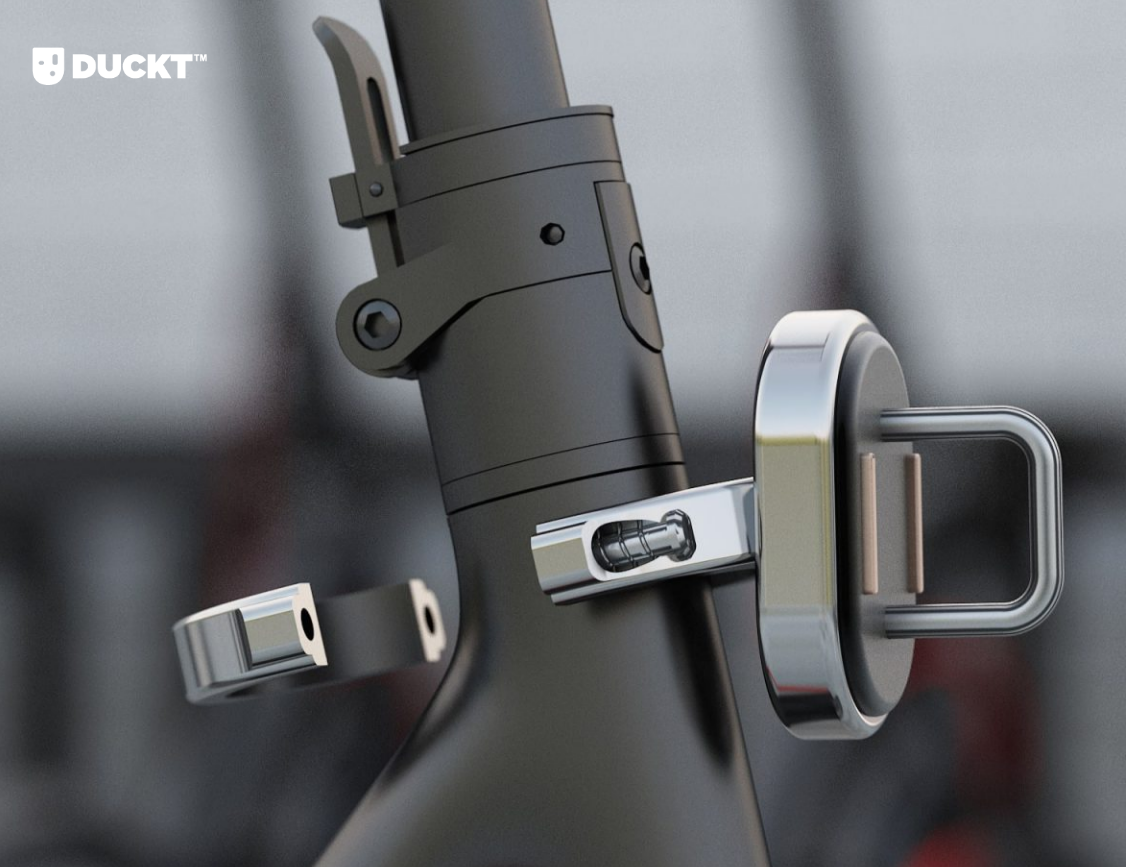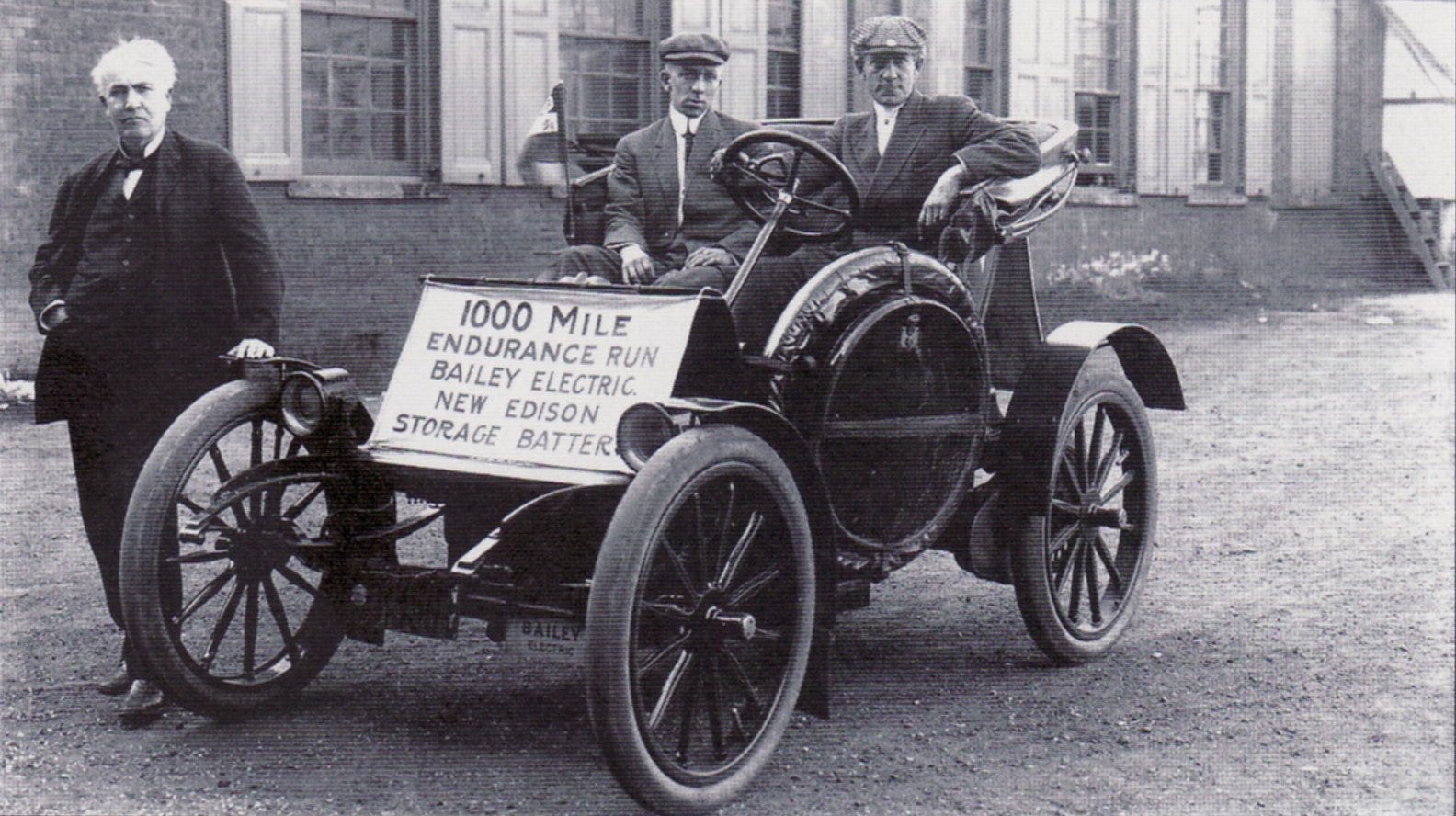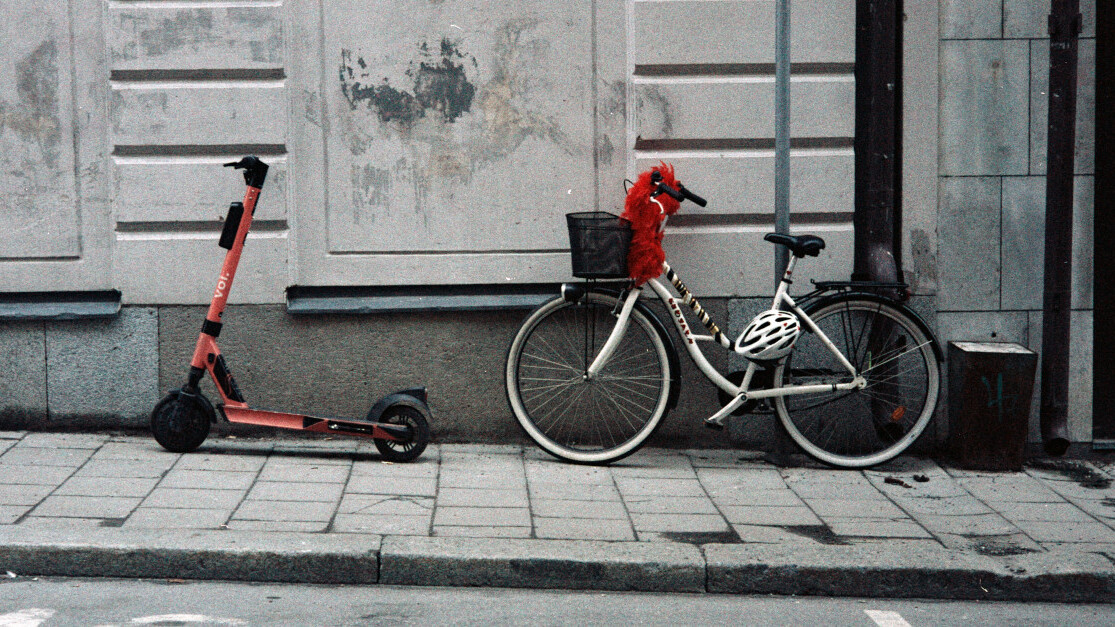
This article was written by Juan Btesh on The Urban Mobility Daily, the content site of the Urban Mobility Company, a Paris-based company which is moving the business of mobility forward through physical and virtual events and services. Join their community of 10K+ global mobility professionals by signing up for the Urban Mobility Weekly newsletter. Read the original article here and follow them on Linkedin and Twitter.
One of the pain points of micromobility operators is to figure out how to keep their dockless fleet charged and available to use. When it all started, this was carried out by gig economy workers who collected a couple of dead scooters and took them to their homes to recharge overnight on their own power supply. While this scheme is still being used by some providers, new solutions were needed when operations started to grow, service became formalized and cities imposed stricter regulations for companies to be responsible for their scooter clutter instead of depending on freelancers.
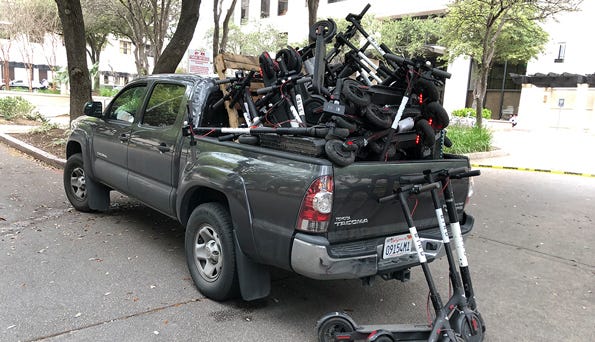
The battery-recharging scheme evolved to the next level when mobility providers undertook recharging operations in-house or even outsourced this business to third parties. Trucks and vans started being piled with a larger amount of scooters that were driven to hubs and warehouses for recharging and maintenance. This model still requires combustion vehicles doing the job at a limited capacity and makes the scooters unavailable for several hours while they are taken to recharge, reducing the opportunity for generating revenue. The current battery-charging scheme is difficult to scale, unreliable, expensive and unsustainable.
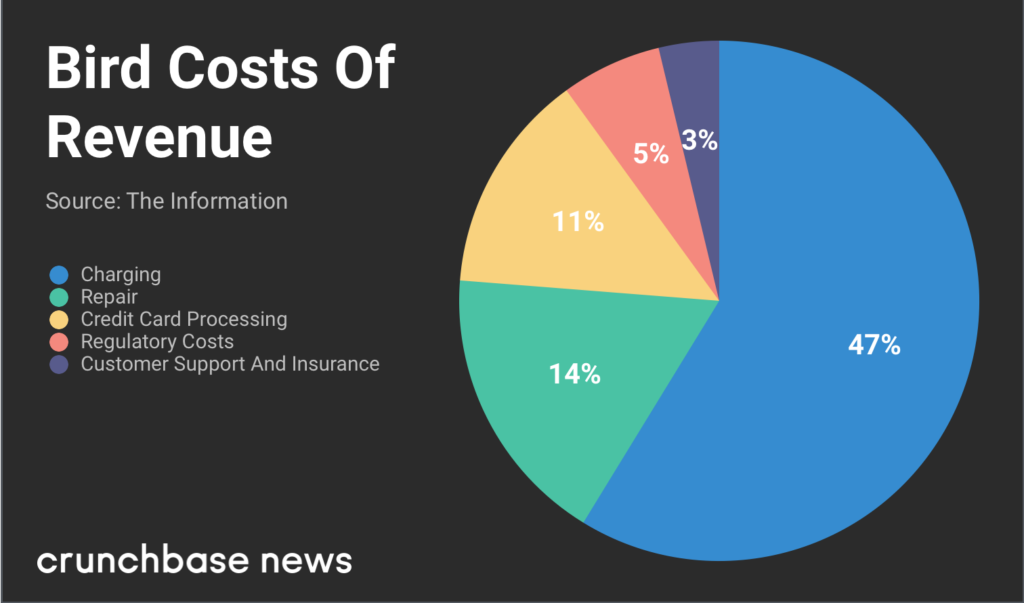
Truth is that the problem persists, there is currently lack of charging infrastructure, and different players are working towards two possible solutions: the universal charging station and the universal battery swap.
Universal Charging Station
We are already familiarized with EV charging stations, as electric cars rely on a dense and ubiquitous network of ECS where users can leave their vehicle charging while parked. These are nowadays not entirely suitable for micromobility vehicles, such as ebikes and escooters, as they have different power and amperage requirements, as well as different connectors and parking infrastructure needs.
New players and industry leaders are working to develop a charging station specifically designed for micromobility that can meet the needs of these vehicles. PBSC is one of them, and they promise to organize, secure, and charge electric vehicles, all while reducing operating costs. Swiftmile offers a solar-powered station with innovative digital displays that provide public transit info, traffic alerts and generates revenue through ads.
Peter Deppe is the Co-Founder and CEO of Kuhmute, a modular and universal charging station aimed at micromobility. Their business model consists in either charging a monthly subscription fee per vehicle to mobility operators or in selling the customizable stations to shops and convenience stores. It also allows individuals to take their privately-owned scooter and charge it (and lock it securely) at a per-minute rate.

A universal micromobility charging station is a mix between a “gas station” and gated parking where you can charge up your escooter, ebike or autonomousdelivery robot and feel safe knowing your shared or owned vehicle is locked.
A great advantage of this solution is that it not only provides charging power, but also parking and locking service. This prevents vehicles to be vandalised and stolen while keeping the city clean and tidy, avoiding accidents for pedestrians caused by e-scooters scattered across sidewalks.
So can I charge any e-scooter or e-bike on this station? Well, you will need a special adaptor, as not all vehicles are designed by the same manufacturer so you will need a special device to hack compatibility. Estonian start-up Duckt is also aiming at docking, locking and charging infrastructure solutions for micromobility in urban environment and developed their own adaptor for e-scooters.
Regarding waiting time, universal charging stations can top-up your battery in 3 to 6 hours but there is still lots of room to improve efficiency as it happened with EV superchargers.
Universal Battery Swap
What if instead of waiting for vehicles to be charged at the station we could swap depleted batteries for charged ones? This is the universal battery swap concept and it fits perfectly for e-scooters and e-bikes as they have smaller, easier to handle batteries in comparison to cars. The swapping model can be implemented by hiring a battery swap team or by deploying stations across the city and assigning the battery swap task to the user through incentives.
The main advantage here is the waiting time, as the battery change can be completed in less than a few minutes. The swap-and-go scheme not only eliminates the annoying delay but also maximizes vehicle uptime, extending the available hours of revenue-making for operators. Another important benefit is that the vehicle doesn’t need to be carried anywhere to be recharged. You can transport only the battery and change it in situ, optimizing the process by reducing unnecessary recharging trips.

The main company behind this project is Gogoro, which came up with these solution a couple of years ago, initially aimed at mopeds. They currently have a network of 1900 stations across Taiwan with that complete 200,000 battery swaps a day. In Europe, Tier partnered with Okai scooters to develop a solution and is planning on implementing it soon, starting in Paris. Their charging cabinet is ideal for small convenience stores and cafes, and they will cover for the electricity cost, benefiting users with a 15-minute ride for swapping the battery and shop owners by increasing customer traffic to their business.
Universal Solution
Both of the presented alternatives solve the recharging problem effectively by reducing costs for the operators, in a sustainable way, with positive externalities for users. However, each one has unique advantages that can be used in different situations. The goal of the discussion is not to select a winner, but to evaluate in which circumstances or context we could find each of them more convenient. While the clear advantage of the swapping stations is to be fast and focus specifically on the battery instead of the whole vehicle, the stations can provide parking and locking to vehicles fighting against vandalism and guaranteeing clear streets. Other important aspects are highlighted below:
Land Use & Infrastructure
Charging docking stations require a much larger infrastructure investment and limit where riders can take the vehicles. Instead, battery swap cabinets can fit in any convenience store and have a plug-in-plug-out system which makes them much more cost effective in terms of space needed and do not necessarily require use of public space.
User Incentives
Why would a user take responsibility for swapping a battery of a shared vehicle? Why would someone modify their destination point to dock the vehicle in a charging station? The answer is through user incentives, and they can be applied to both of the described schemes.
Tier offers a free ride for a battery swap and Kuhmute offers a free unlock if the vehicle is docked in one of their stations. Although this incentive is a starting point, there is room to develop a system in which a variable amount of money is transferred in form of credits to the user that would depend on the level of charge of the battery.
Users need to be participated through incentives to effectively run the recharging scheme in a true shared economy business model. The other benefit of this strategy, particularly for the charging stations, is that incentives can also nudge users to drive towards areas where more vehicles are needed, and therefore help balance the operator’s fleet.
Monopoly at the door
In the 1890’s Thomas Edison worked on developing a battery that would make electric cars the preferred transportation mode over gasoline and steam. His goal was to patent and become the industry standard, with his firm being the main battery manufacturer and vendor. He patented an alkaline based nickel–iron battery in 1901 but users found it had a short battery life, performed poorly at low temperatures and was more expensive than the existing lead-acid cell. A few years later Edison was able to produce a more lightweight and durable model but by this time the inexpensive and reliable Model T Ford had made gasoline engine cars the standard. Edison was disappointed that his battery was not adopted, and electric vehicles went out of production only a few years after his battery was introduced.
Battery swaps necessarily need universal batteries with a single design that are adopted by every operator, otherwise they wouldn’t really be universal and would make users wander around town trying to find the right cabinet for their battery. If all vehicles need to have the same type of battery, there is a risk of creating a huge monopoly through a single patent-owner manufacturer, such as Edison imagined back then for his own profit. This will typically make billionaires like Elon Musk even richer and can be very disadvantageous for users. Monopolies block competition, prevent new players from joining the market, stagnate innovation, and might abuse users by setting above market prices or neglecting quality.
Monopolies in the mobility environment should be prevented with open-source technology or public intervention, so solutions are built for the common good.
Innovation, Improvements & Adaptability
The fact that a unique battery needs to be adopted massively brings another kind of problem. When an upgrade is given in the charging technology or in the battery type (more durability, smaller volume, or lighter weight) it will be very hard to implement, as it will require to replace all of the batteries that are already out there for new ones. This will need a reconfiguration of all of the stations and even vehicles, which were designed for the old technology, and will very likely result in lots of junk scooters and obsolete batteries.
The transition period between old and new batteries will be cyclical, as technology improvements will continue bringing new battery models to the table. Hence, the battery swap model is more likely to slow down innovation, and might become costly and unsustainable.
The Case for EVs
What role do electric cars play and how do they intervene in the micromobility charging environment? For cars, charging stations are the standard and recharging time is being reduced constantly with better technology developments, so battery swapping doesn’t make much sense at the moment. However, the game is not over and China is heavily investing in this solution with Nio being one of the major companies behind the adoption of the battery swap scheme having 139 stations in 59 cities.
Battery swap would lower the cost of electric vehicles (EVs) since the most expensive part of the cars is becoming shareable. Although this is now thought as a different concept for an incompatible type of vehicle, it won’t be long since a solution that fulfils the recharging requirements of cars, mopeds, bikes and scooters is developed. If this is the case, it is easier to imagine a universal charging station for all vehicles rather than a unique type of battery.
Coexist and Complement
The universal charging station and the universal battery swap schemes are not mutually exclusive. Whether one or the other becomes the standard, the best solution will be when they complement for different purposes and coexist to create a large, connected urban network of micromobility charging facilities.
While one can provide a quick battery swap solution during the daily peak-hours of high demand, the other can provide recharging and locked parking at night complying with city regulations. Fortunately, they not only reduce the recharging cost for operators, but also promote multimodality, shared mobility, clean energy and reduce congestion by removing vans and pickups from the equation. Like in many mobility issues, it all comes down to finding a healthy equilibrium between both.
Do EVs excite your electrons? Do ebikes get your wheels spinning? Do self-driving cars get you all charged up?
Then you need the weekly SHIFT newsletter in your life. Click here to sign up.
Get the TNW newsletter
Get the most important tech news in your inbox each week.

